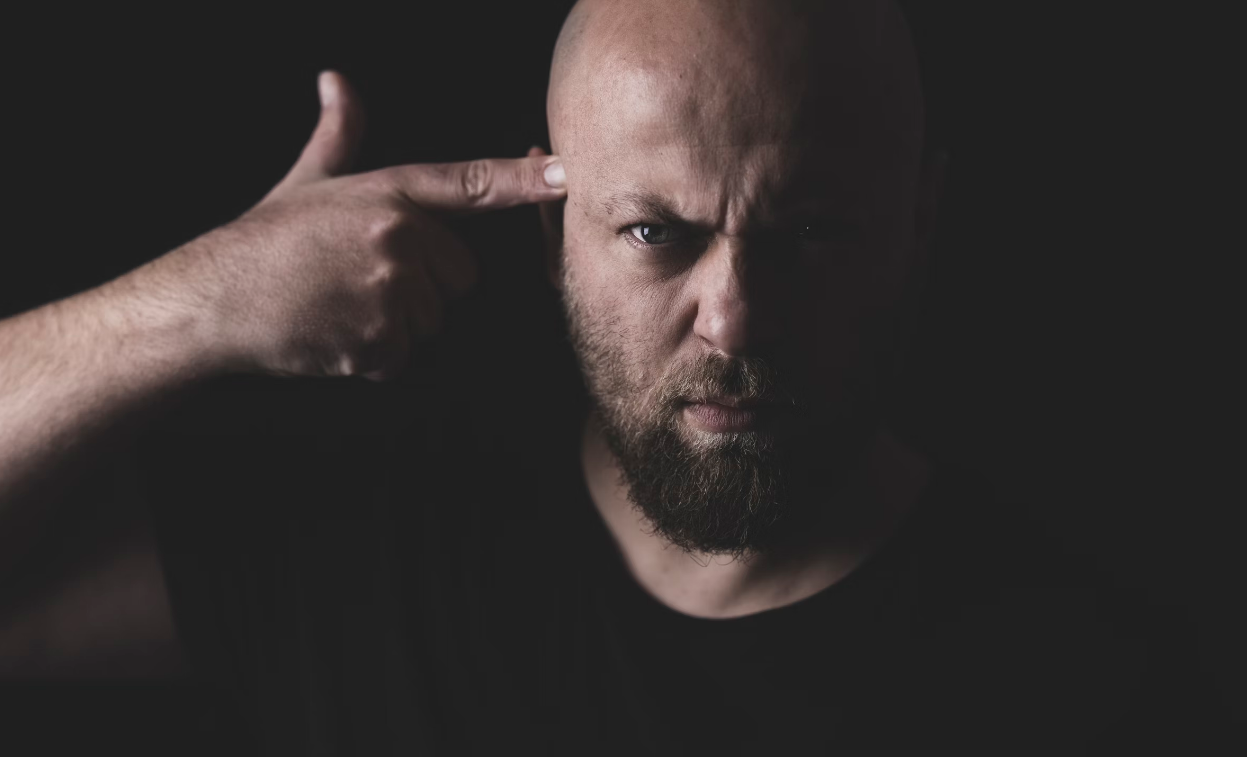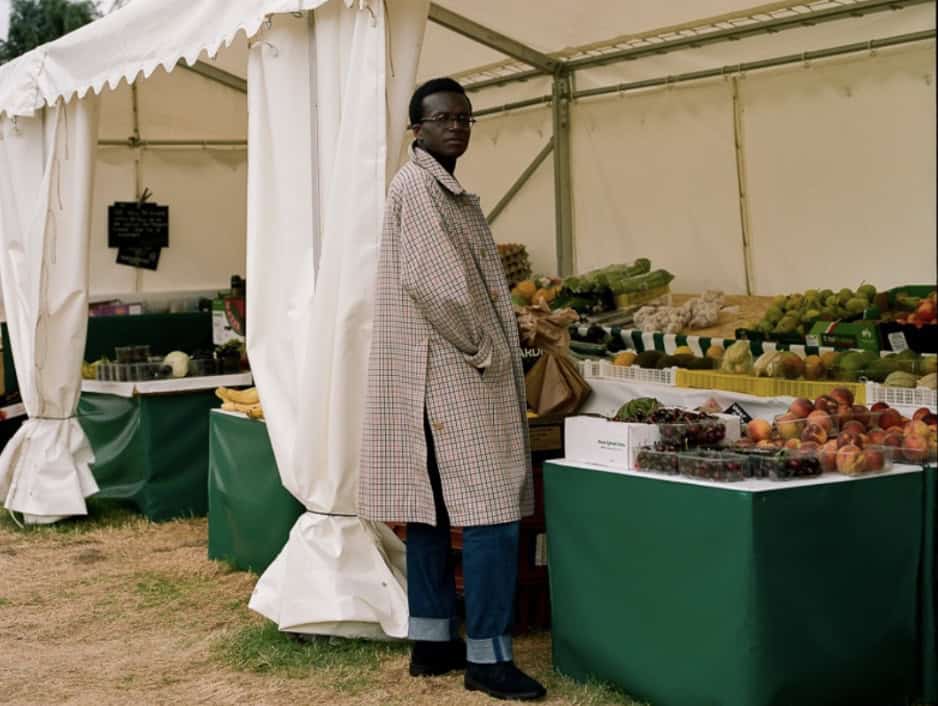New method accelerates resistance testing in UTIs
Dec 29, 2025World Suicide Prevention Day 2024: Changing the Narrative For Men and Their Families
- Sep 14, 2024
- 0 Comments
556

September 10, 2024 was World Suicide Prevention Day. According to the World Health Organization,
“Every year 726,000 people take their own life and there are many more people who make suicide attempts.”
When I was five years old my mid-life father took an overdose of sleeping pills after he had become increasingly depressed because he couldn’t support his family doing the work he loved. Fortunately, he survived, but our lives were never the same. I grew up wondering what happened to my father, when it would happen to me, and what I could do to prevent it happening to other families.
Although females, as well as males, can die by suicide, males at every age are at higher risk than are females. Yet rarely is suicide discussed as a health issue for boys and men.
World Suicide Prevention Day (WSPD) was established in 2003 by the International Association for Suicide Prevention in conjunction with the World Health Organization (WHO). On September 10th each year they focus attention on the issues, reduce stigma and raise awareness among organizations, governments, and the public, giving a singular message that suicides are preventable.
The triennial theme for World Suicide Prevention Day for 2024-2026 is “Changing the Narrative on Suicide” with the call to action “Start the Conversation”. This theme aims to raise awareness about the importance of reducing stigma and encouraging open conversations to prevent suicides. Changing the narrative on suicide is about transforming how we perceive this complex issue and shifting from a culture of silence and stigma to one of openness, understanding, and support.
The call to action encourages everyone to start the conversation on suicide and suicide prevention. Every conversation, no matter how small, contributes to a supportive and understanding society. By initiating these vital conversations, we can break down barriers, raise awareness, and create better cultures of support.
I have been writing a series of articles—”Homecoming: An Evolutionary Approach for Healing Depression and Preventing Suicide.” In Part 1, I shared statistics from the National Institute of Mental Health, comparing the suicide rates for males and females at various ages:
Even during our youth where suicide rates are relatively low, males are still more likely to die by suicide than are females. It is also clear to me as my wife and I move into our 80s, that males and females face many challenges as we age, but it is older males who more often end their lives by suicide with rates 8 to 17 times higher rates than for females.
In Part 2, I discussed the evolutionary roots of male/female differences and quoted Dr. Roy Baumeister, one of the world’s leading social scientists. Understanding his work can better help us understand a lot about why men are the way they are and specifically why men are the risk-taking gender.
In his groundbreaking book, Is There Anything Good About Men? How Cultures Flourish By Exploiting Men, he says,
“If evolutionary theory is right about anything, it’s right about reproduction. Nature will most favor traits that lead to success at reproducing. But for thousands of years, men and women have faced vastly different odds and problems in reproducing. On this basic task, women faced good odds of success, whereas men were born to face looming failure.”
Men not only take greater risks than women, but also are less resilient and more prone to feelings of failure when they don’t feel they can offer something of value to those they love.
In Part 3, I show that suicide is the most prevalent form of violence and is the cause of more death than either war or homicide. We don’t often think of suicide as a form of violence or depression as an underlying cause of violence, but they are intimately related. The World Health Organization (WHO) produced an in-depth analysis of violence and published the information under the title, “The World Report on Violence and Health.” The report is the result of 3 years of work, during which WHO drew on the knowledge of more than 160 experts from more than 70 countries.
The report detailed estimated global-related deaths as follows:
These numbers vary in different years and rates of violent deaths also vary according by country and within each country with different groups. But clearly violence from suicide accounts for nearly as many deaths as war-related violence and homicides combined. All forms of violence are tragic and many have come to believe that violence is simply a part of human nature. But this is not true.
Violence of all kinds can be understood and prevented.
“Violence thrives in the absence of democracy, respect for human rights and good governance,”
said Nelson Mandela. We often talk about how a ‘culture of violence’ can take root. This is indeed true—as a South African who has lived through apartheid and is living through its aftermath, I have seen and experience it. No country, no city, no community is immune. But neither are we powerless against it.”
As we approach another presidential election in the United States, most everyone is aware of the threat to democracy we are facing and the conflicts that divide our country.
In Part 4, I offered guidance for all those who are ready to see the truth about the times in which we live and how we can live, love, and work, for good in the world.
For most of my professional life I believed that treating depression and preventing suicide involved helping individuals, couples, and families. A new perspective opened for me in 1993 at a men’s leadership conference in Indianapolis, Indiana. I’ve written a number of articles about my experience over the years, including my most recent, “Transformations: The End of the U.S. and the World as We Know It and The Truth About Our Collective Future.”
I said that an old kind of masculinity was on the way out. My colleague Riane Eisler describes two competing systems that humans have been engaging with that she calls the dominator system and the partnership system. Throughout the world emotionally wounded men who ascend to power have chosen a dominator approach to asserting power.
The old dominator systems were ruled by frightened men who came to believe that the only way to survive was to rule by force. Historian Ruth Ben-Ghiat describes these men in her book, Strongmen: Mussolini to the Present. She says,
“For ours is the age of authoritarian rulers: self-proclaimed saviors of the nation who evade accountability while robbing their people of truth, treasure, and the protections of democracy.”
Among the seventeen protagonists in her book she includes: Adolph Hitler, Saddam Hussein, Benito Mussolini, Vladamir Putin, and Donald J. Trump. Pulitzer-Prize winning journalist Anne Applebaum describes the way modern-day autocrats support each other in her book, Autocracy Inc.: The Dictators Who Want to Run the World.
“Nowadays, autocracies are underpinned by sophisticated networks composed across multiple regimes…The autocrats are rewriting the rules of world trade and governance as their propagandists pound home the same messages about the weakness of democracy and the evil of America.”
At MenAlive I have been supporting men and their families to embrace the partnership system and have recently created a way for organizations and individuals to belief in these ideas and practices to stay connected. You can learn more at our website, MoonshotforMankind.org and get news you can use on our substack, substack.com/@moonshotformankind.
If you’d like to read more articles on men’s mental, emotional, and relational health, you can subscribe for free at https://menalive.com/email-newsletter/.
Every suicide is a tragedy that affects families, communities and entire countries and has long-lasting effects on the people left behind.
Suicide does not just occur in high-income countries but is a global phenomenon in all regions of the world. In fact, close to three quarters (73%) of global suicides occurred in low- and middle-income countries in 2021.
Publisher: Source link







